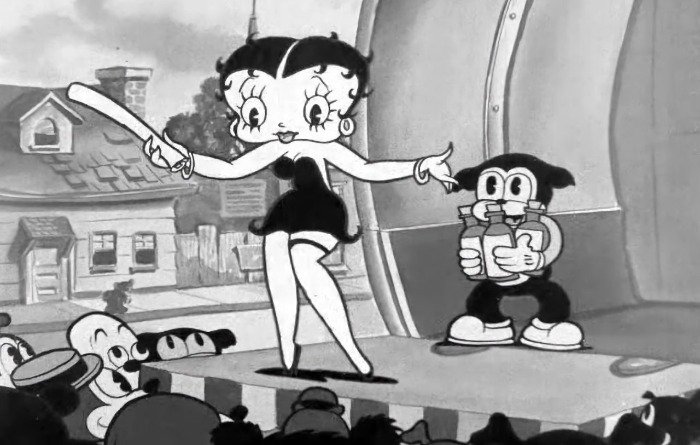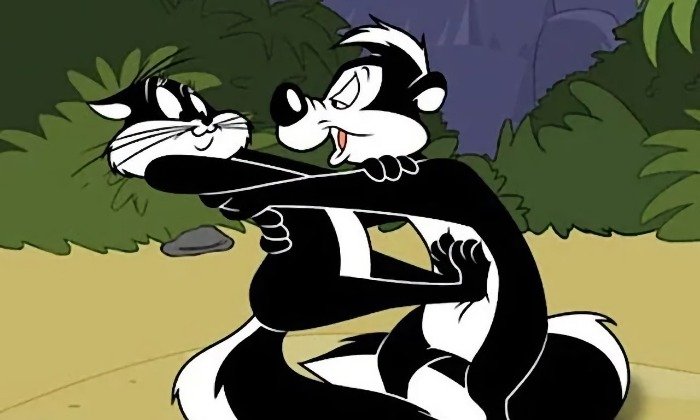12 Years Later And We Still Can’t Get Over Asajj Ventress’ Deleted Kiss Of Death
Image Source: starwars.com
Irvin Kershner, the director of The Empire Strikes Back, once said that a kiss in Star Wars is the equivalent of a sex scene in other movies. And indeed, George Lucas’ space opera is not necessarily best known for its romances. There is, of course, the infamous kiss between Luke and Leia in Echo Base, which happened before both (and probably even Lucas himself) knew they were siblings.
Han and Leia later (nearly) kissed on the Millenium Falcon, Anakin and Padme definitely kissed several times during Episodes II and III, and Rey finally kissed Kylo Ren shortly before his sacrifice in The Rise of Skywalker. And then there is this particular scene from ‘ARC Troopers’, the second episode of the third season of The Clone Wars, which first aired 12 years ago on September 17, 2010.
RELATED:
The episode deals with a Separatist attack on Kamino, led by General Grievous and Asajj Ventress. While the cyborg general was eager to kill as many clones as possible, Ventress’ task was to secure the original DNA of Jango Fett. On their way, the two villains encountered a group of ARC troopers led by Commander Colt. While the barrage of Battle Droids was able to make short work of the other clones, Ventress used the Force to lift Colt from the ground and choke him before pulling him into the blade of her lightsaber. Before disabling her weapon, she briefly kissed the impaled soldier on the cheek.
In 2010, Cartoon Network was still the exclusive home of The Clone Wars, and the powers-at-be considered this scene inappropriate for a show primarily marketed for kids. Interestingly, their issue wasn’t with the lightsaber blade that was run through the chest but with a short kiss afterward. So, they insisted that this scene had to be cut from the episode, while in later reruns, Colt’s stabbing was removed, leaving only a hint about the ARC trooper’s end. The complete scene - including the kiss - was put on the third season DVD release and is in the episode available on Disney+.
Still, this marked the first time that a scene from The Clone Wars was censored and caused a lot of discussions, not only among Star Wars fans but also in mainstream media 12 years ago. But while Ventress’ cut kiss might have been a premiere for The Clone Wars, it was by far not the first time that an animated show fell victim to censorship:
The Tragedy Of Betty Boop
Image Source: bfi
Nearly 90 years ago, in 1934, Hollywood created the Motion Picture Production Code (nicknamed Hays Code - after Will H. Hays, the president of the Motion Picture Producers and Distributors of America - MPPDA). Being in place until 1968, although basically not executed anymore since the mid-50s, the code levied an extensive list of do’s and do not’s onto the film industry, leading to self-censorship of, among many other things, profanity, the use of weapons, and sexuality.
The cartoon character Betty Boop first appeared in 1930 and quickly became the first sex symbol in animation. However, wearing a very short and quite revealing black dress and a garter on her left leg, she quickly fell into disgrace with the Hays Code. And so Fleischer Studios, who owned the rights to Betty Boop, was forced to turn the flirty party girl into a boring homemaker or businesswoman, wearing long skirts and a high collar. After that, Betty’s popularity sank quickly, and she was basically gone by 1939.
Image Source: cartoonbrew
But Betty Boop wasn’t the only victim of the Hays Code in the 1930s: the MPPDA also cracked down on an innocent kiss between Porky Pig and Petunia Pig, while Flossie the Cow had to cover her udder with a skirt by 1932 and finally was put into a long dress by 1939. Other things not regarded appropriate for animated movies were spitting, sticking one’s tongue out, or dogs peeing at a telephone pole. But the often ridiculous censorship didn’t stop after the early days of animated movies.
A Love Affair Between Cousins
Image Source: Missy Magazine
Sailor Moon was among Japan’s most popular anime shows during the 1990s. When the show arrived in the United States in 1995, DIC Productions, which had acquired the license, began implementing subtle and some not-so-subtle changes to make Sailor Moon appropriate for an American audience. The problem this time was not the extremely short skirts of the heroines but that some of the characters were queer and in same-sex relationships. Among them were Sailor Neptune and Sailor Uranus, whose actions and dialog clearly showed that they were more than just platonic friends.
To solve this “problem,” DIC decided to make the two characters cousins, which changed the show’s tone and made the actions of the two girls even less appropriate.
The Skunk Must Go
Image Source: Kidspot
Fast forward another few decades to 2021, when Space Jam: A New Legacy hit theatres. While the sequel to 1996’s Space Jam was forgettable and no big hit at the box office, the movie made headlines for removing the character of Pepé Le Pew, a French skunk, shortly before the film’s release. Pepe had been part of the Looney Toons for many decades, and his prime motivation of clumsily stalking and trying to seduce other (female) animals hadn’t changed much over the years.
But now, this behavior was seen as no longer appropriate, and Pepe’s scene was cut from the movie. Again, this reaction seems vastly exaggerated, especially considering that the respective scene would have shown Pepe being slapped in the face for his behavior. But it is not always proclaimed sexuality that could lead to censorship:
The Ninja With The Grappling Hook
Image Source: Turtlepedia
James Ferman was the head of the British Board of Film Classification (BBFC) from 1975 to 1999. Being no fan of the nunchaku, a typical ninja weapon, he started a crusade to have it cut from every film or television show broadcast in the United Kingdom. This also included the animated show Teenage Mutant Ninja Turtles, where Michelangelo (the turtle with the orange mask) used exactly such a weapon. Well, at least until he was no longer allowed. Afraid to lose the British market, the show’s creators replaced the nunchaku with a grappling hook and generally changed the show’s tone from more violent to silly-cartoony.
As a result, even the show’s title (including the opening song) was changed to Teenage Mutant Hero Turtles because Ferman thought the term Ninja was too violent.
So, all in all, a short kiss scene that was cut from a The Clone Wars episode (and later reinserted anyway) is a trifle compared to the massive and often ridiculous changes that were forced on other animated projects throughout the decades.
READ NEXT:
Source(s): bfi, cartoonbrew








